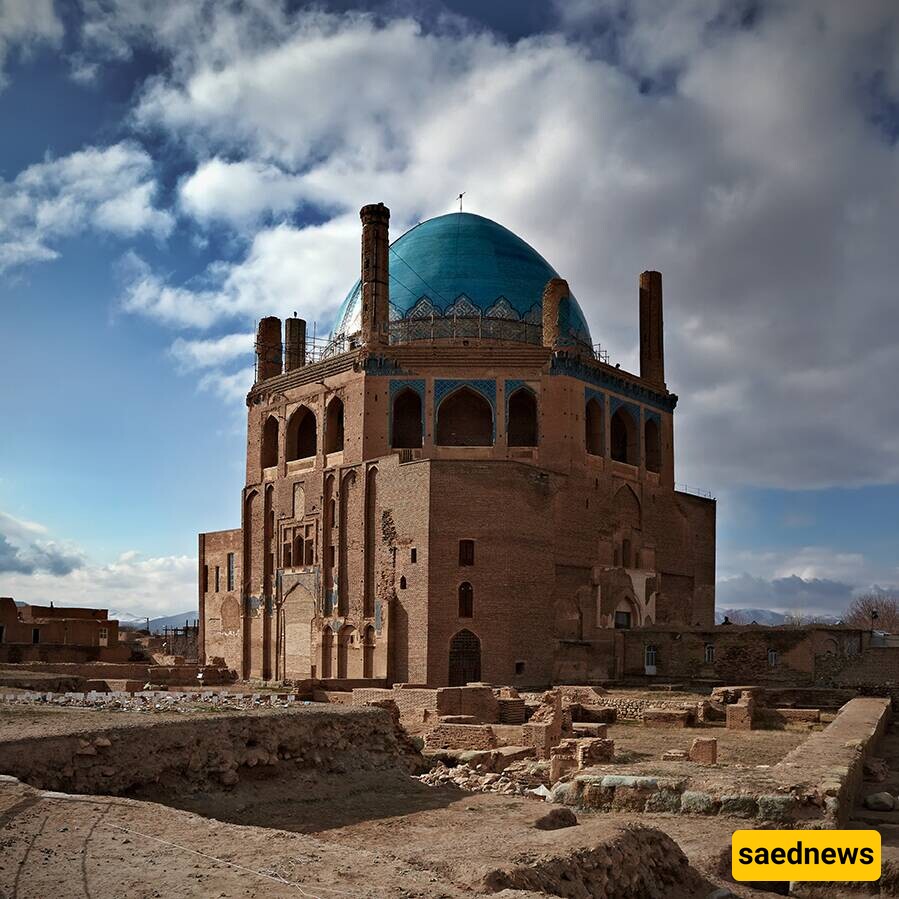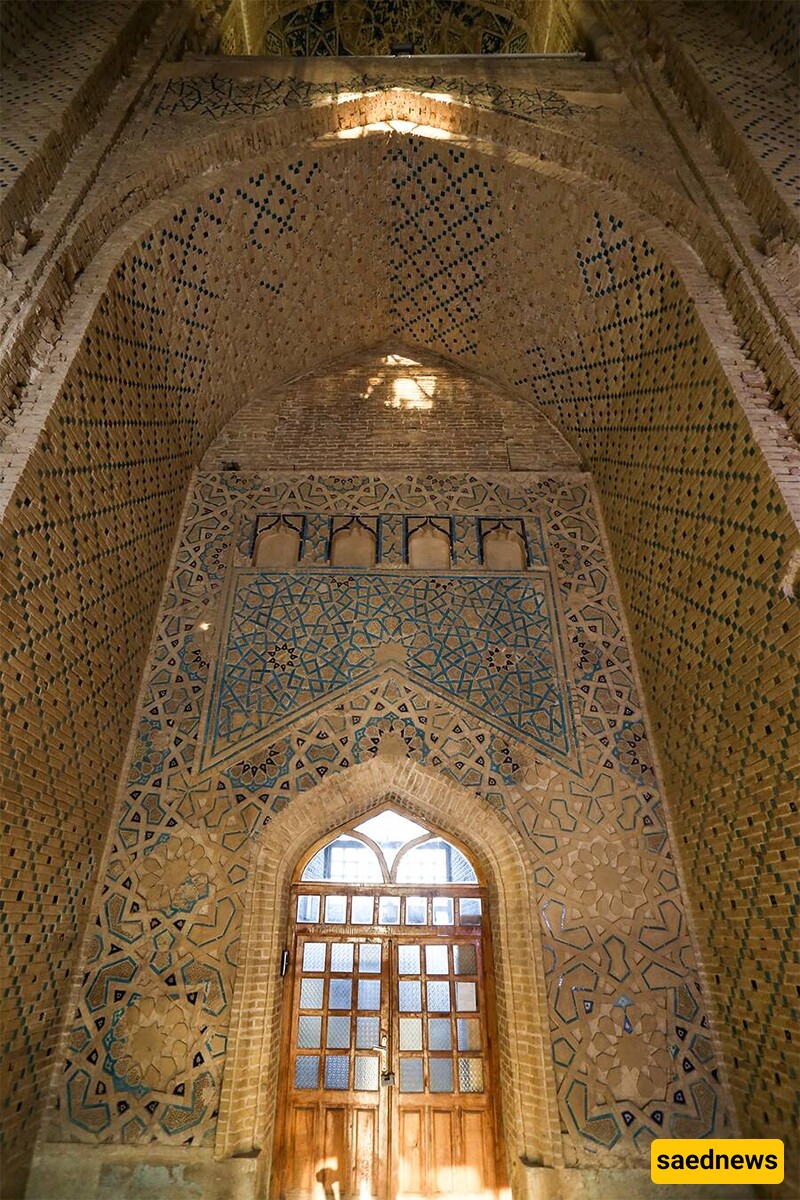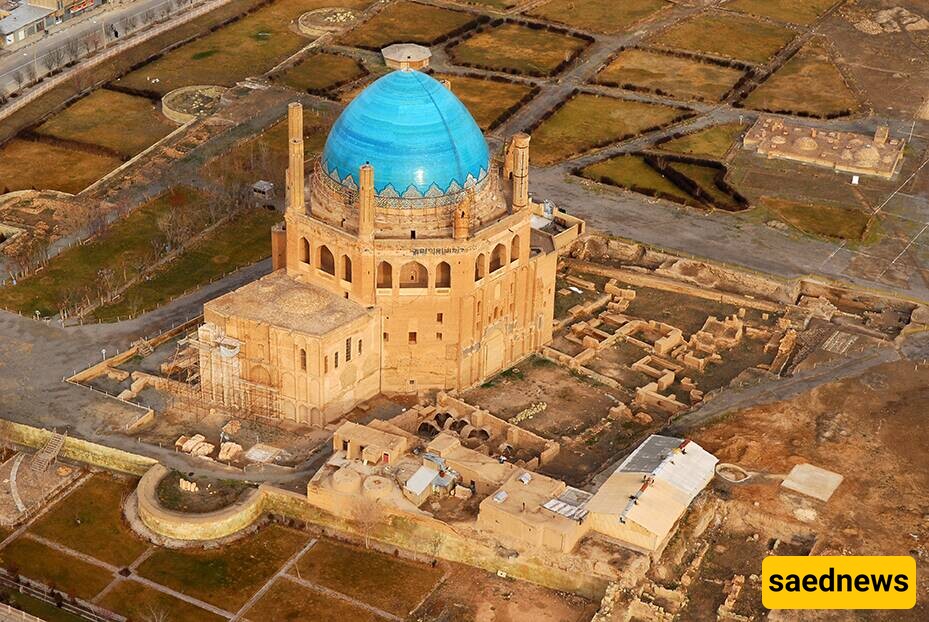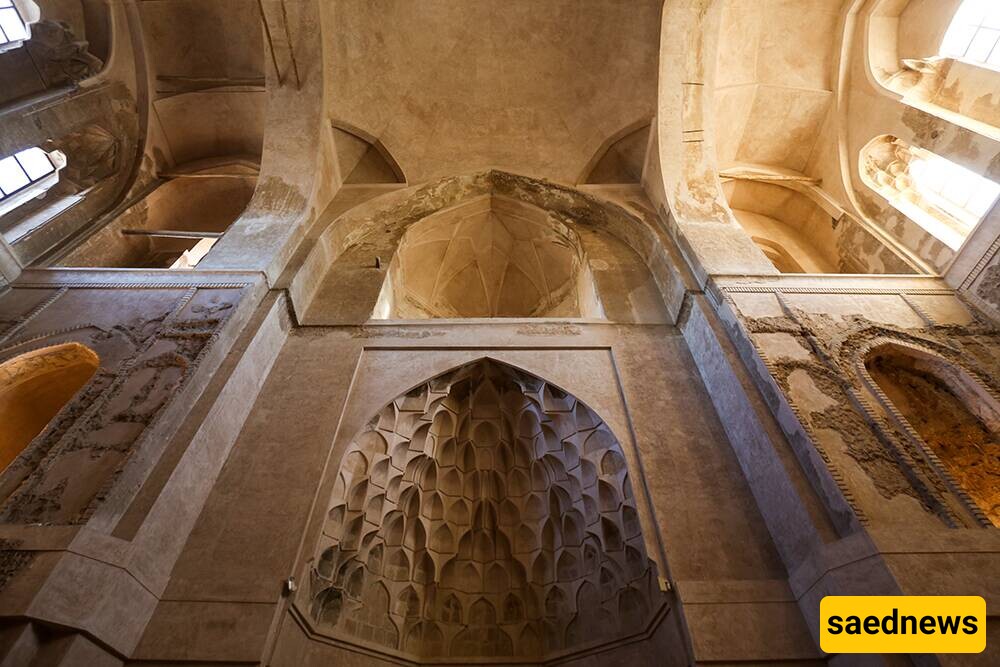SAEDNEWS: The Soltaniyeh Dome in Zanjan, Iran, is a remarkable 14th-century structure known for its vast brick dome and intricate design, symbolizing Persian-Islamic architectural excellence from the Ilkhanid period. This historic site draws global attention for its cultural and architectural heritage.

Reporting from SAEDNEWS, situated in Iran's Zanjan Province, the Soltaniyeh Dome is a striking monument from the early 14th century, constructed under the Ilkhanid dynasty. Known as one of the largest brick domes globally, it stands as a prime example of Persian-Islamic architecture. Visitors and historians are captivated by this architectural masterpiece, which not only reflects historical importance but also symbolizes a blend of cultural influences during a transformative period in Persian history.
Commissioned by the Mongol ruler Öljaitü between 1302 and 1312, the Soltaniyeh Dome was initially intended as a shrine to Imam Ali. However, Öljaitü later redirected the site as his own mausoleum, turning it into a personal monument. This change in purpose added to the structure's role as a representation of the Ilkhanid dynasty’s cultural legacy, illustrating the dynasty’s deepening connection with Persian culture and Islamic influences.
Beyond its physical grandeur, the Soltaniyeh Dome symbolizes the integration of Mongol rulers into Persian culture. The monument’s fusion of Persian and Islamic elements became a hallmark of Ilkhanid architecture, setting a foundation for future Persian-Islamic architectural styles.
The Soltaniyeh Dome is particularly remarkable for its size and structural innovation. Reaching approximately 49 meters in height with a diameter of 25 meters, it is among the largest brick domes in the world. Its double-shell construction was groundbreaking, providing the strength needed to support the massive dome and creating a spacious interior. This architectural approach influenced many later domes in the Islamic world, including the renowned Taj Mahal.



With its faded but still notable turquoise tiles, intricate Quranic inscriptions, and ornate stucco details, the dome exemplifies the skill of Ilkhanid artisans. The use of vibrant color and pattern made the dome an unforgettable sight on the landscape, and even today, it stands as a tribute to medieval Persian craftsmanship.
Beyond its architectural significance, the Soltaniyeh Dome holds deep cultural meaning as a landmark of Persian-Islamic art. During the Ilkhanid era, it became a meeting place for artists, scholars, and religious figures, fostering an exchange of ideas and creativity. The structure’s designs—geometric patterns, calligraphy, and floral motifs—capture the Persian artistic style that later influenced much of Islamic art.
The dome’s role as both a mausoleum and cultural gathering site enhanced its significance, making it a beacon of artistic and intellectual pursuits during the Ilkhanid dynasty. This blend of cultural heritage and innovation remains a key part of the dome’s legacy.
Recognized as a UNESCO World Heritage Site, the Soltaniyeh Dome is preserved for its historical and architectural value. Conservation efforts focus on restoring the dome’s structural elements and preserving its unique decorative details. These restoration projects have been critical in managing issues like erosion and wear over time.
Collaborations between Iranian heritage organizations and UNESCO have helped protect the dome’s original form, using traditional techniques and materials that reflect its original construction. This approach ensures the Soltaniyeh Dome remains an authentic and enduring part of Iranian heritage.
Drawing numerous visitors annually, the Soltaniyeh Dome is a major site for tourism, providing cultural and historical insights into the Ilkhanid period. Guided tours allow visitors to explore the monument’s architectural details, while local businesses benefit from the site’s popularity. Educational programs and exhibits also offer historical context, making the dome a valuable resource for understanding Persian and Islamic architectural evolution.
The Soltaniyeh Dome represents the height of Ilkhanid architecture, standing as a testament to Persian design and cultural heritage. Its architectural innovation and cultural depth continue to draw admiration, ensuring its place in history as a masterpiece of Persian-Islamic art. Through ongoing preservation efforts, this monumental structure remains a timeless icon, inviting future generations to marvel at its enduring beauty and historical importance.

